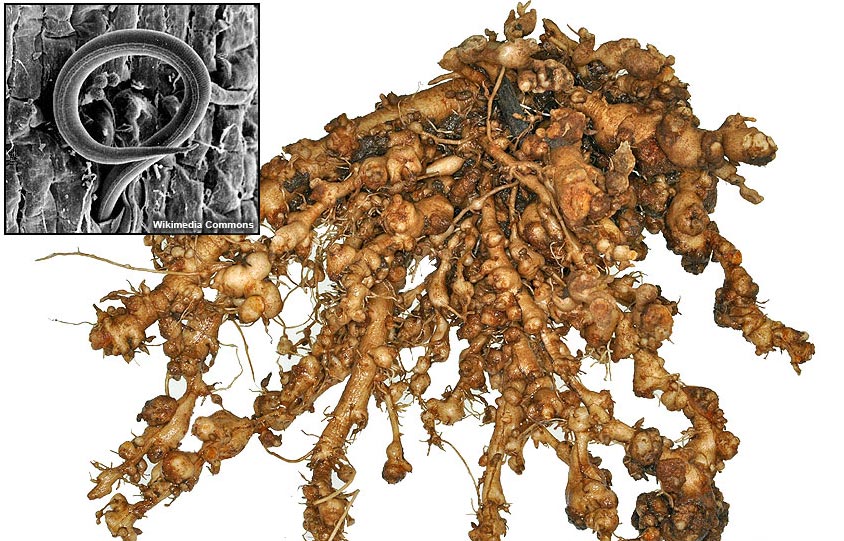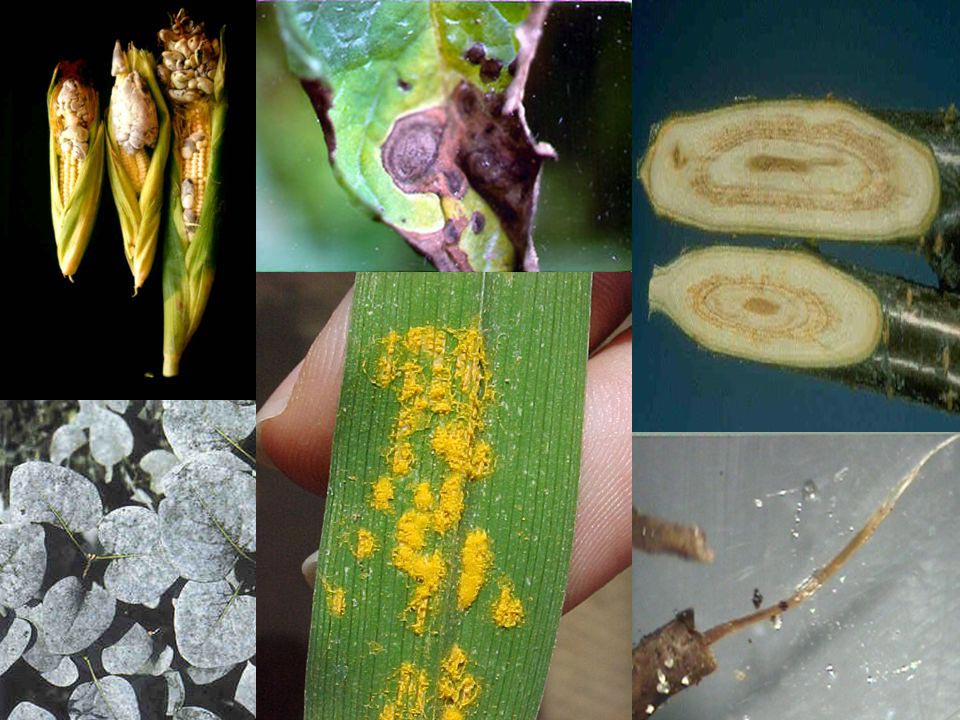NEMATODE (IN SOIL AND ROOT)

Introduction:
Nematodes are worm-like microscopic creatures that live in the soil and feed primarily on plant roots. Nematodes are found in most soils, however, typically the coarser the soil, the greater the nematode problem.
Crop rotation is one means of controlling nematodes. Alternating from susceptible to non-susceptible crops is an ideal solution. However, this is not always possible. The most common alternative to crop rotation is chemical treatments. Most chemicals are specific for certain crops and to control specific nematodes. Another control measure is to plant specific nematode resistant varieties. The method has its limitations and should not be relied upon as the only solution.
We suggest getting a nematode assay to ensure healthier plants which will result in higher yields. Nematode population is highest during a crops growing cycle when the nematodes food supply is greatest. However the thresh holds used in making recommendations are based on fall and winter populations. Avoid sampling when soils are extremely dry.
Test: Free Living and Root Node.
PATHOGENIC ANALISYS

Introduction:
A wide range of tests covering pathogens, spoilage organisms and indicator organisms (those that, although not a problem in themselves, might indicate that there is a potential or hidden problem). Also identify unknown microorganisms, and classify them to a specific strain, and offer advice on the latest rapid methods. This all takes place in our purpose built laboratory suite, which provides excellent separation of activities and the highest standard of laboratory practice.
We provide analytical services to identify disease causing microorganisms which help in diagnosis / predicting diseases helps in planning disease management strategy.
Tests Conducted
- Plant pathogenic fungus
- Plant pathogenic bacteria
- Nematode identification and count
The analysis can be done for soil, water and plant samples.